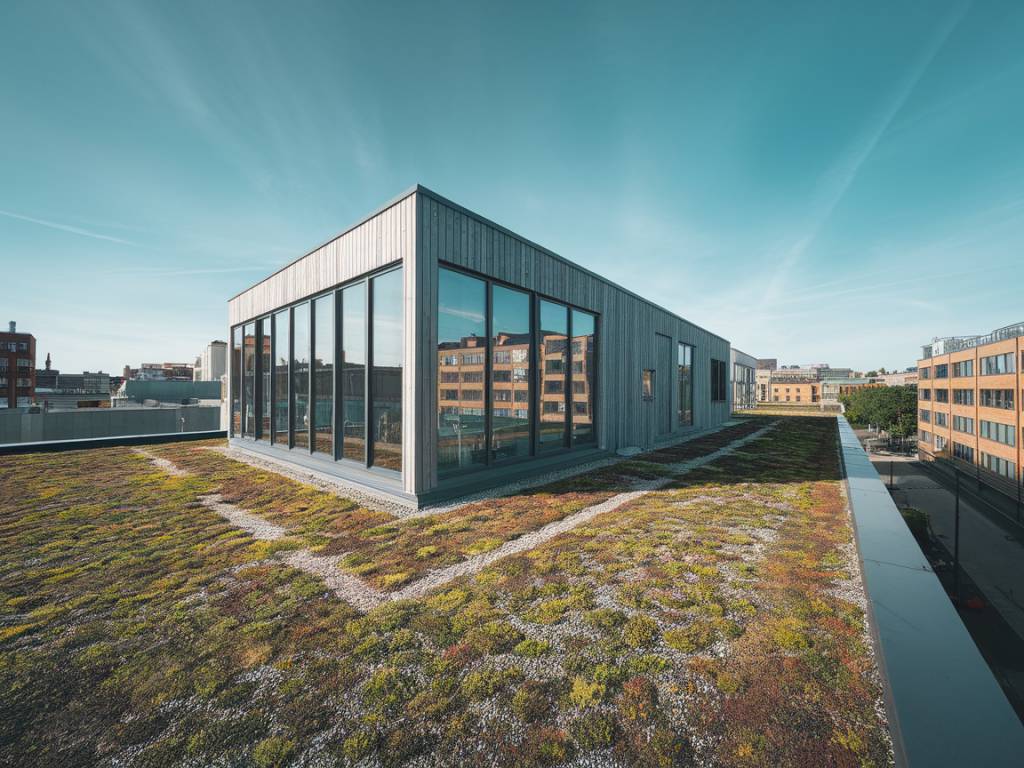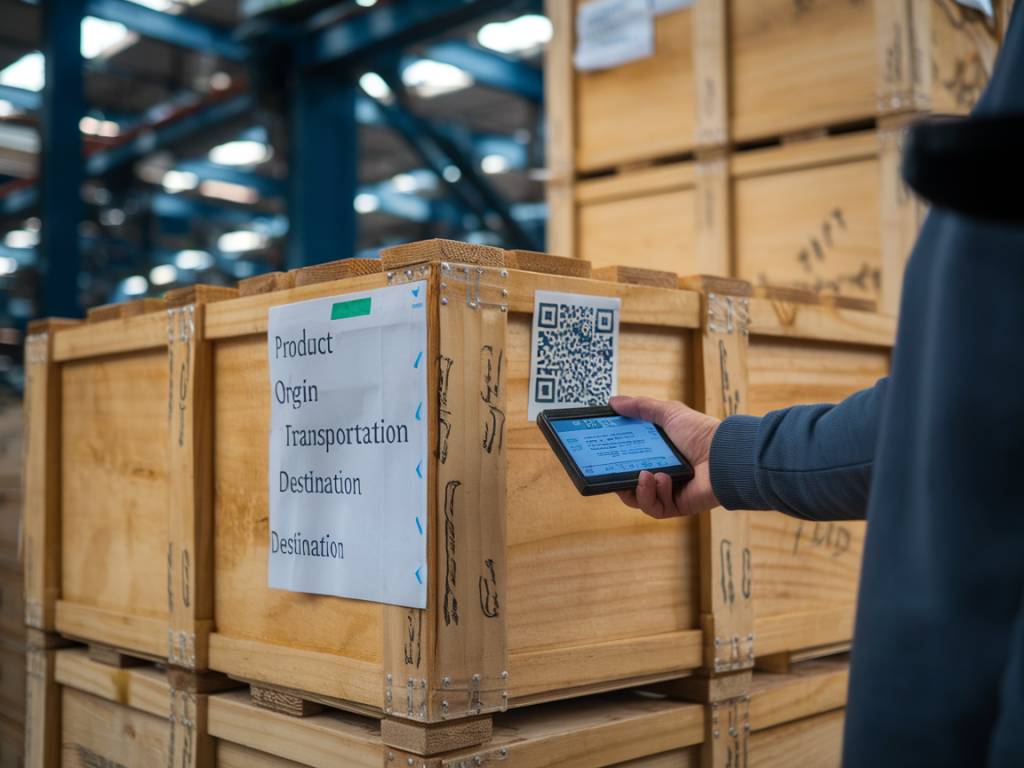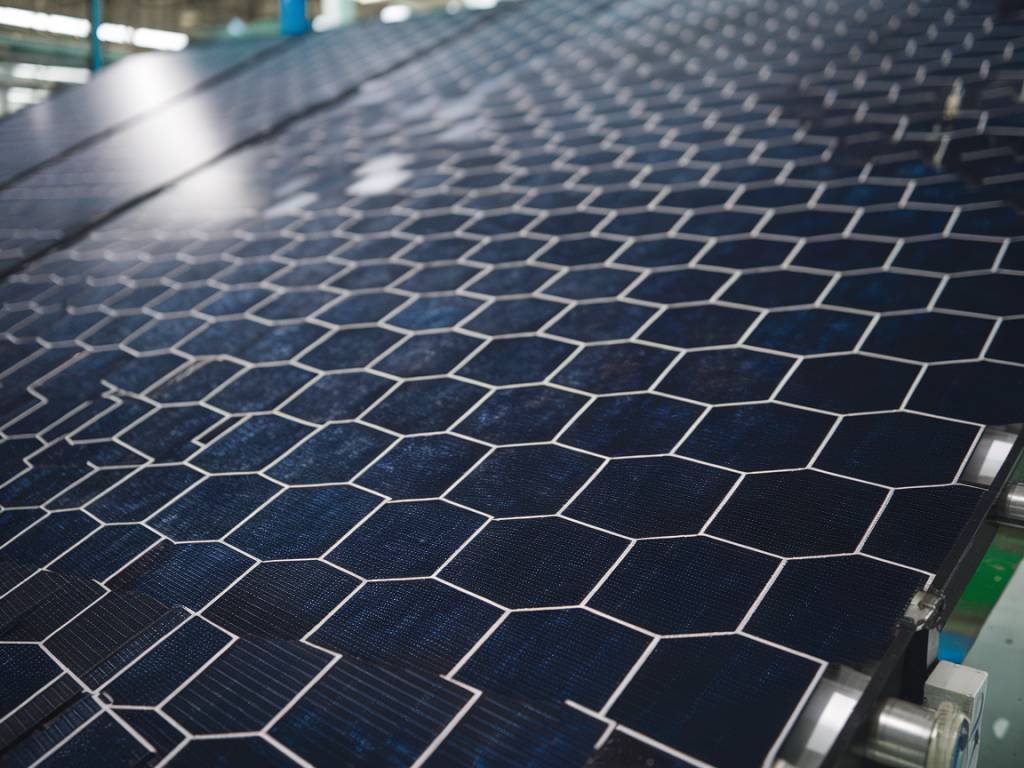The Rise of Sustainable Architecture: A Green Revolution in the Making
From vertical forests to passive house design, the way we build cities is undergoing a quiet but profound revolution. In response to the mounting pressures of climate change, urban sprawl, and dwindling natural resources, architects are reimagining the fabric of our urban environments. The result? Modern cities shaped not just by concrete and steel, but by biophilic design, circular economy principles, and smart energy systems.
Architecture has long played a central role in defining how societies live, move, and interact with nature. Today, it’s becoming a front-line actor in our planetary response to environmental degradation. But what does sustainable architecture actually look like in practice? And how is it reshaping the cities of tomorrow?
Designing for Passive Performance
At the heart of sustainable urban architecture lies the concept of passive design. Instead of pushing buildings to consume energy to stay comfortable, passive design allows them to work with local climate conditions to regulate temperature and energy usage naturally.
Think orientation, natural ventilation, solar gain, thermal mass. These aren’t just back-of-the-envelope calculations — they’re key building blocks for reducing a structure’s carbon footprint before even thinking about solar panels or green roofs.
Take the BedZED (Beddington Zero Energy Development) project in London. Completed in the early 2000s, it’s still held up as a prime example of net-zero design thanks to passive solar heating, high insulation, and on-site energy generation. Homes in BedZED consume 88% less heating energy and over 40% less electricity than traditional UK housing.
And the best part? This kind of design often leads to lower energy bills and a healthier indoor climate. Sustainability doesn’t have to be a sacrifice — it can be a lifestyle upgrade.
Green Roofs and Vertical Forests
No, it’s not science fiction — urban buildings are literally growing leaves. With the huge push to reintroduce nature into concrete-heavy environments, green roofs and vertical gardens are rapidly becoming architectural staples.
Take Milan’s iconic Bosco Verticale (Vertical Forest). These twin residential towers are draped in more than 900 trees and over 20,000 shrubs. They’re more than just Instagram-worthy photo ops — they absorb CO₂, filter air pollutants, and provide habitat for urban biodiversity. Plus, they naturally regulate building temperature, reducing reliance on cooling systems.
Green roofs also act as water management systems, reducing stormwater runoff and insulating buildings. This is particularly relevant in cities facing the dual threats of heatwaves and flooding — something that’s only becoming more pressing with climate change.
Building with Low-Impact Materials
Steel and concrete are among the world’s most carbon-intensive materials. To shift the tide, architects and developers are turning to alternative, low-impact building materials that offer both sustainability and style.
Cross-laminated timber (CLT) is a leading contender. It’s made from layers of wood glued together at right angles and offers stunning structural strength. More importantly, it sequesters CO₂ rather than generating it — a game-changer in reducing a building’s overall emissions.
Then there are innovations like mycelium insulation (yes, made from fungi), bamboo composites, and recycled construction waste. These materials not only lower carbon footprints but often come with surprising performance advantages — from breathability to sonic insulation.
Curious to see this in action? The SARAH project in France used compressed earth blocks and straw bales to build high-quality social housing — proving that natural materials can scale, even in dense urban contexts.
Smart, Resilient and Adaptive Cities
As cities grapple with climate volatility — extreme heat, flooding, urban migration — urban architecture is being reinvented around resilience and adaptability.
Smart energy systems integrated into buildings are helping cities manage energy demand and consumption in real time. Think AI-controlled HVAC systems, rooftop solar that communicates with the grid, and materials that change opacity based on the sun’s orientation.
In Copenhagen, newly built neighborhoods like Nordhavn are piloting smart infrastructure that connects buildings, mobility, and energy into a single ecosystem. Buildings communicate with the city grid, recharging electric vehicles during off-peak hours and feeding back energy during high demand.
Adaptability is another growing trend. Modern buildings are being designed with modularity and longevity in mind — so they can be repurposed over time instead of razed and rebuilt. Temporary housing units, transitional use of office spaces, or open-floor plans that adapt to demographic changes — these are the unsung heroes of circular design thinking.
People-Centered Ecological Spaces
For too long, urban design has prioritized vehicles and profit over people and the planet. That’s changing. We’re seeing a shift back to human-scale design — spaces that foster community, interaction, and wellbeing, while respecting ecological limits.
The Superblocks in Barcelona are a standout example. By reorganizing city blocks to prioritize pedestrians and ban through-traffic, the city has drastically reduced air pollution, noise levels, and urban heat. Local economies benefit too — small businesses thrive in these re-humanized spaces.
Similarly, the transformation of Seoul’s Cheonggyecheon river into a 10-km-long green corridor through the city center replaced a noisy highway with habitable space for residents and native wildlife. What was once a polluted waterway is now a thriving urban oasis.
This is where architecture becomes more than design — it becomes social infrastructure, reconnecting people with nature and with each other.
The Circular Economy Meets Urban Design
If we want to build cities fit for a 1.5°C world, we need to move beyond efficient systems — and toward circular urbanism. That means designing buildings for disassembly, sourcing materials locally, and reusing what already exists.
The Dutch city of Almere is pioneering this approach with its Floriade Expo 2022 site, which was designed from the ground up to be dismantled and re-used post-event. Everything from modular facades to street furniture has been selected for its future lifespan, creating an urban environment that’s both temporary and deeply permanent in intent.
Elsewhere, cities like Brussels are embracing the urban mine — recovering materials from demolished buildings to introduce them into new construction. Rather than waste steel, glass, and copper, the city catalogues and warehouses usable components, creating a circular supply chain that drastically cuts emissions and resource use.
A New Aesthetic of Sustainability
One other major shift: sustainable architecture is shedding its « sacrificial » image. In place of dull beige cubes with solar panels, we’re seeing stunning, modern designs that elevate — rather than compromise — aesthetic impact.
Consider The Edge in Amsterdam, widely considered the greenest office building in the world. It’s bathed in daylight, lined with recycled materials, and bristling with 28,000 sensors that monitor everything from CO₂ levels to human presence, making real-time energy adjustments. But it’s also a striking work of contemporary design — a place people genuinely love to work in.
Good design has the power to inspire and shift mindsets. It’s no longer about choosing between form and function. Architects are showing that sustainability is good design — both visually and functionally.
What’s Next? Scaling with Integrity
As more cities commit to carbon neutrality and climate resilience, these architectural innovations are moving from niche to norm. But advancing truly sustainable architecture means ensuring the movement doesn’t become just another box to tick or greenwashed marketing tool.
Scaling must come with integrity — rooted in deep lifecycle assessments, community inclusion, and long-term thinking. It means listening to local ecologies, rethinking planning codes, and investing in training for the architects and tradespeople who will shape this future.
Are we there yet? Not quite. But in the rising curves of timber skyscrapers, in the shaded walkways of green roofs, and in buildings that breathe with their environments — we’re seeing the contours of a hopeful new urbanism take shape.
It’s not just about lowering our impact — it’s about raising our standards for how we live, build, and coexist.



